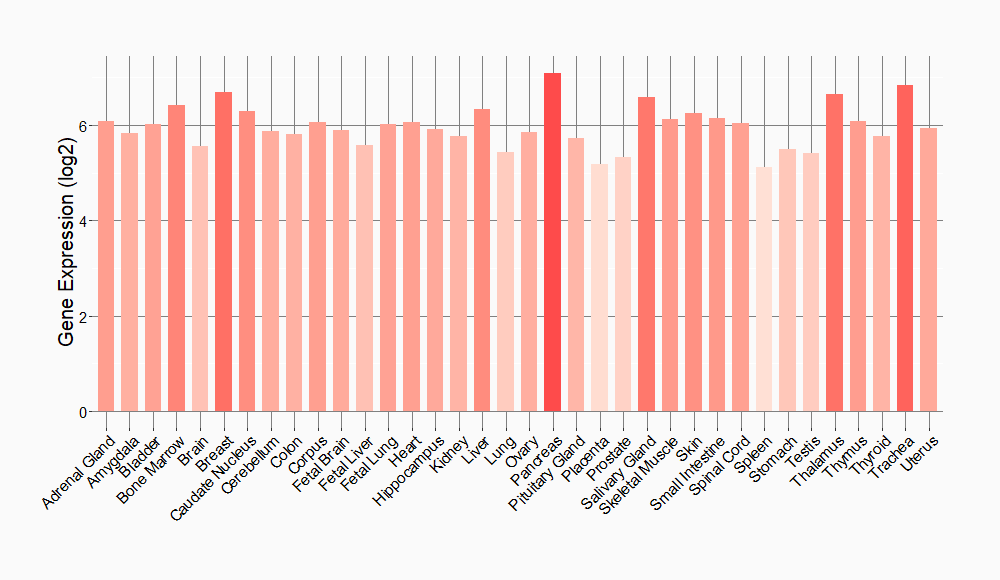Molecule Information
General Information of the Molecule (ID: Mol01977)
| Name |
Solute carrier family 28 member 3 (SLC28A3)
,Homo sapiens
|
||||
|---|---|---|---|---|---|
| Synonyms |
SLC28A3; CNT3
Click to Show/Hide
|
||||
| Molecule Type |
Protein
|
||||
| Gene Name |
SLC28A3
|
||||
| Gene ID | |||||
| Location |
chr9:84,275,457-84,340,758[-]
|
||||
| Sequence |
MELRSTAAPRAEGYSNVGFQNEENFLENENTSGNNSIRSRAVQSREHTNTKQDEEQVTVE
QDSPRNREHMEDDDEEMQQKGCLERRYDTVCGFCRKHKTTLRHIIWGILLAGYLVMVISA CVLNFHRALPLFVITVAAIFFVVWDHLMAKYEHRIDEMLSPGRRLLNSHWFWLKWVIWSS LVLAVIFWLAFDTAKLGQQQLVSFGGLIMYIVLLFLFSKYPTRVYWRPVLWGIGLQFLLG LLILRTDPGFIAFDWLGRQVQTFLEYTDAGASFVFGEKYKDHFFAFKVLPIVVFFSTVMS MLYYLGLMQWIIRKVGWIMLVTTGSSPIESVVASGNIFVGQTESPLLVRPYLPYITKSEL HAIMTAGFSTIAGSVLGAYISFGVPSSHLLTASVMSAPASLAAAKLFWPETEKPKITLKN AMKMESGDSGNLLEAATQGASSSISLVANIAVNLIAFLALLSFMNSALSWFGNMFDYPQL SFELICSYIFMPFSFMMGVEWQDSFMVARLIGYKTFFNEFVAYEHLSKWIHLRKEGGPKF VNGVQQYISIRSEIIATYALCGFANIGSLGIVIGGLTSMAPSRKRDIASGAVRALIAGTV ACFMTACIAGILSSTPVDINCHHVLENAFNSTFPGNTTKVIACCQSLLSSTVAKGPGEVI PGGNHSLYSLKGCCTLLNPSTFNCNGISNTF Click to Show/Hide
|
||||
| Function |
Sodium-dependent, pyrimidine- and purine-selective. Involved in the homeostasis of endogenous nucleosides. Exhibits the transport characteristics of the nucleoside transport system cib or N3 subtype (N3/cib) (with marked transport of both thymidine and inosine). Employs a 2:1 sodium/nucleoside ratio. Also able to transport gemcitabine, 3'-azido-3'-deoxythymidine (AZT), ribavirin and 3-deazauridine.
Click to Show/Hide
|
||||
| Uniprot ID | |||||
| Ensembl ID | |||||
| HGNC ID | |||||
| Click to Show/Hide the Complete Species Lineage | |||||
Type(s) of Resistant Mechanism of This Molecule
Drug Resistance Data Categorized by Drug
Approved Drug(s)
1 drug(s) in total
| Drug Resistance Data Categorized by Their Corresponding Mechanisms | ||||
|
|
||||
| Disease Class: Pancreatic ductal adenocarcinoma | [1] | |||
| Resistant Disease | Pancreatic ductal adenocarcinoma [ICD-11: 2C10.0] | |||
| Resistant Drug | Gemcitabine | |||
| Molecule Alteration | Expression | Down-regulation |
||
| Experimental Note | Identified from the Human Clinical Data | |||
| Mechanism Description | Gemcitabine could be a substrate for several nucleoside transporters (NTs), but its major uptake occurs via the equilibrative and concentrative type NTs (ENTs and CNTs, respectively). ENT1, CNT1 and CNT3 have often been related to gemcitabine transport and resistance in humans. When ENT1 knockout conferred gemcitabine resistance, while its up regulation enhanced its cytotoxic activity. Similarly, retroviral expression of CNT1 renders ovarian cancer cells sensitive to gemcitabine in vitro. | |||
Disease- and Tissue-specific Abundances of This Molecule
ICD Disease Classification 02

| Differential expression of molecule in resistant diseases | ||
| The Studied Tissue | Pancreas | |
| The Specified Disease | Pancreatic cancer | |
| The Expression Level of Disease Section Compare with the Healthy Individual Tissue | p-value: 2.43E-01; Fold-change: -5.41E-01; Z-score: -3.87E-01 | |
| The Expression Level of Disease Section Compare with the Adjacent Tissue | p-value: 2.65E-03; Fold-change: 1.70E-01; Z-score: 1.52E-01 | |
|
Molecule expression in the normal tissue adjacent to the diseased tissue of patients
Molecule expression in the diseased tissue of patients
Molecule expression in the normal tissue of healthy individuals
|
||
| Disease-specific Molecule Abundances |

|
Click to View the Clearer Original Diagram |
Tissue-specific Molecule Abundances in Healthy Individuals


|
||
References
If you find any error in data or bug in web service, please kindly report it to Dr. Sun and Dr. Zhang.
